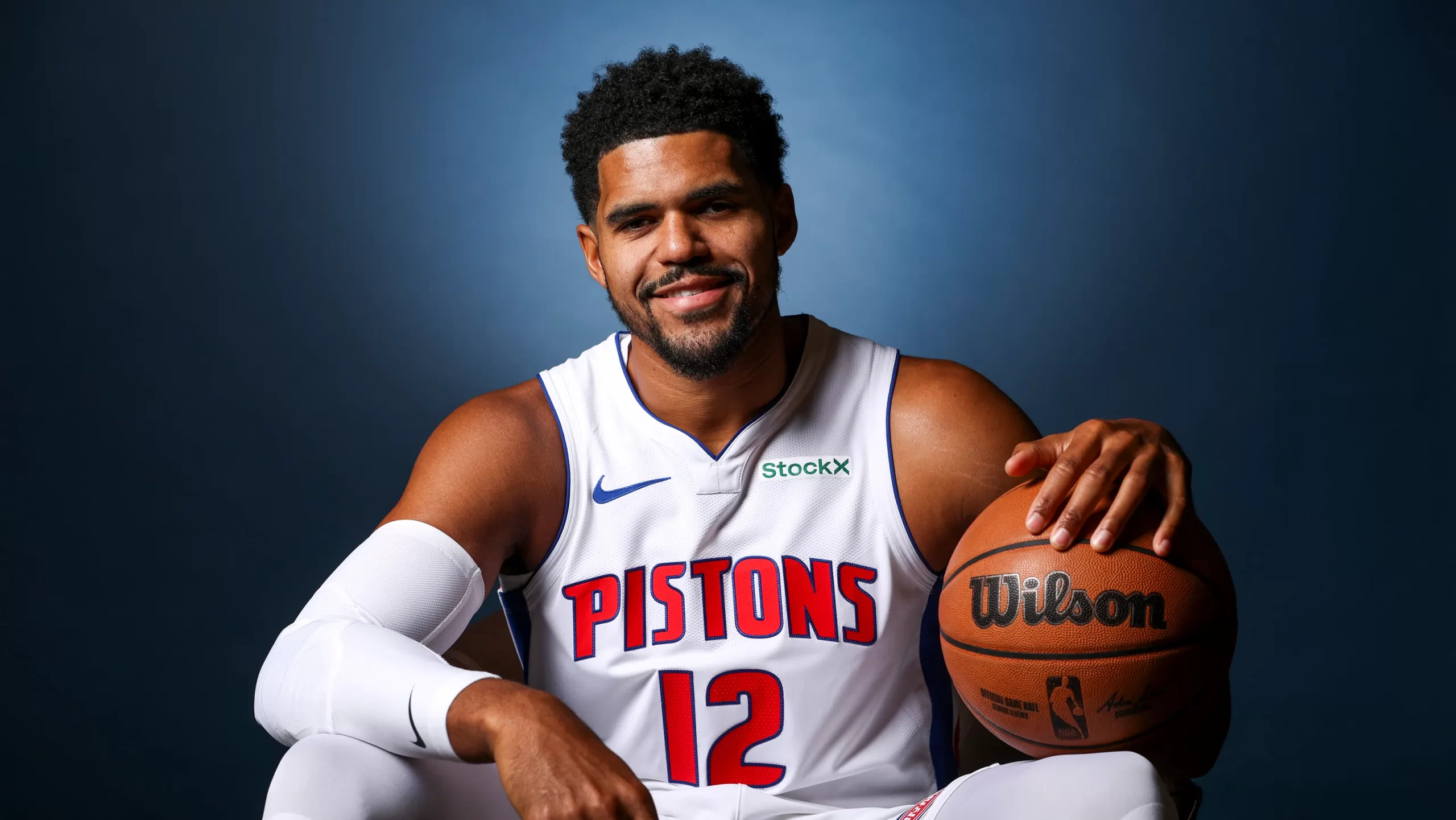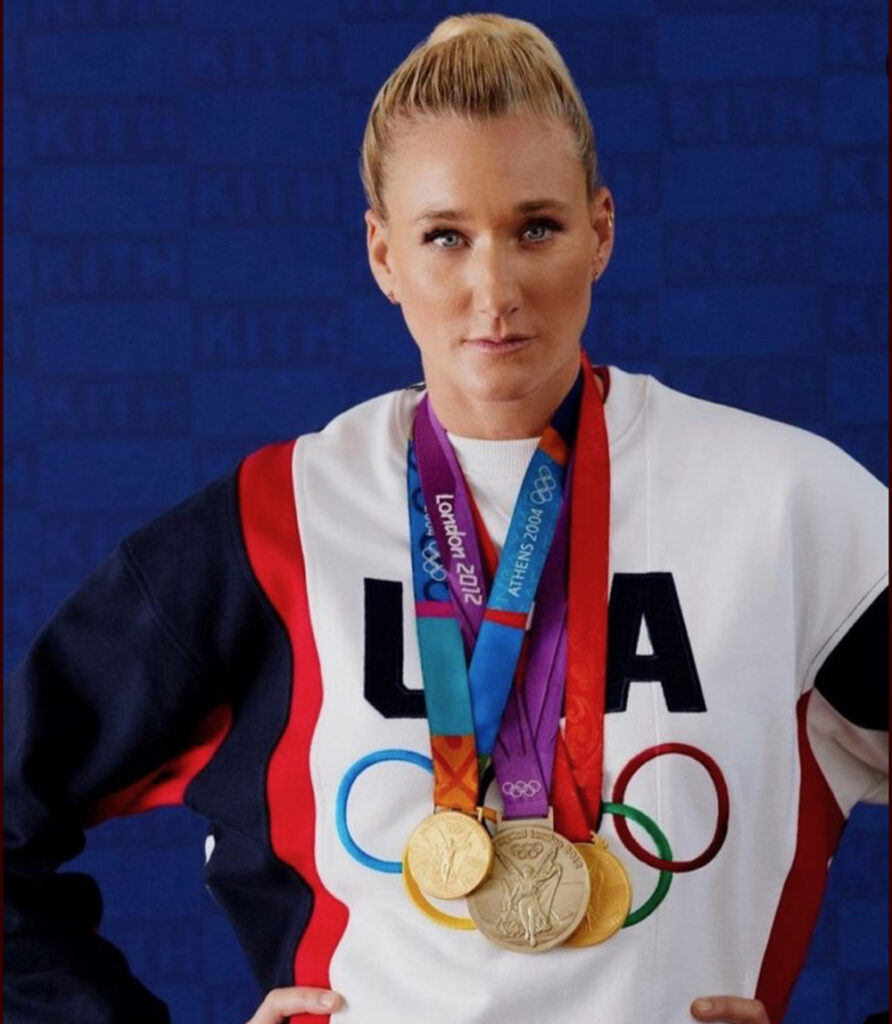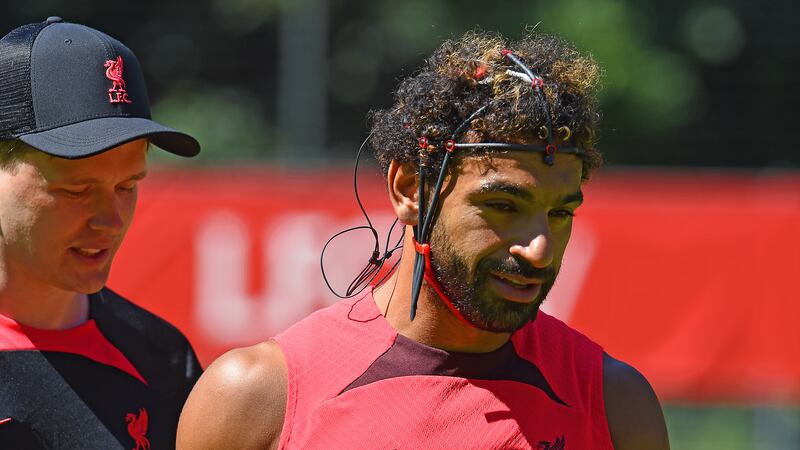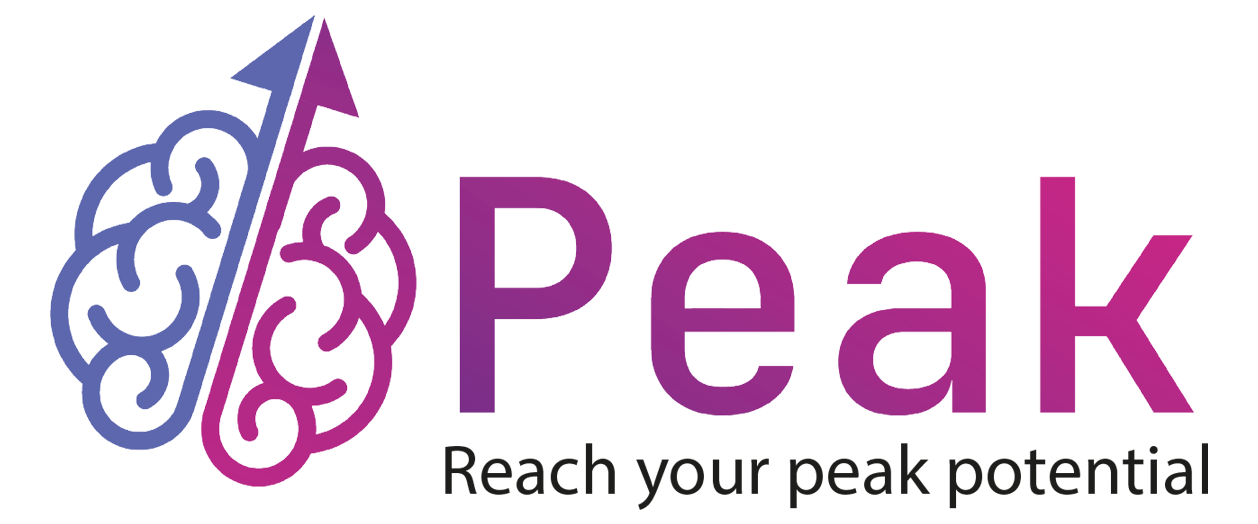In the highly competitive world of sports, athletes are constantly seeking ways to optimize their mental and physical performance. One emerging tool is neurofeedback, a form of biofeedback that helps athletes improve focus, manage anxiety, and enhance overall mental performance. In this post, we’ll explore the science behind neurofeedback and its application in sports performance, using examples from professional athletes who have incorporated it into their training.

What Is Neurofeedback?
Neurofeedback, also known as EEG biofeedback, involves using real-time feedback to train individuals to regulate their brainwave activity. By focusing on brainwave patterns related to calmness, focus, and relaxation, athletes can optimize their mental state for peak performance.
The Scientific Basis of Neurofeedback in Sports
1. Understanding Brainwaves
Neurofeedback targets specific brainwave frequencies that correspond to different
mental states, such as:
▪ Alpha waves (8-12 Hz), which promote relaxation.
▪ Beta waves (12-30 Hz), associated with heightened alertness and focus.
▪ Theta waves (4-8 Hz), linked to creativity and intuition.
Athletes can benefit from neurofeedback by training their brains to optimize the right brainwaves for their specific sport, improving focus during competitions

2. Improved Cognitive Function and Focus
Studies have demonstrated that Neurofeedback helps athletes maintain focus and attention under high-pressure situations.
For instance, elite soccer players in Italy used neurofeedback to train for optimal mental focus during critical moments of
games.

Similarly, Formula 1 drivers like Sebastian Vettel have used brain-training techniques such as neurofeedback to maintain focus during races.

3. Emotional Regulation and Stress Management
Stress and anxiety can impair athletic performance, especially in high-stakes environments. Neurofeedback helps athletes manage these emotions by training their brain to stay calm and composed under pressure. NBA players like the Golden State Warriors and Tobias Harris (NBA player) have been known to use neurofeedback and brain-training programs to improve mental resilience and emotional control during games.

Real-World Success Stories
1. Olympians Using Neurofeedback
Neurofeedback has been part of the mental training programs for several Olympic athletes. In the lead-up to the Olympics, archers, volleyball players like Kerri Walsh-Jennings (Olympic Volleyball Champion), and other competitors have used neurofeedback to enhance focus, maintain composure, and improve reaction times

2. Football Players and Peak Performance
Premier League football clubs have integrated neurofeedback into their training to improve set-piece performance. Liverpool FC has used neurofeedback with players like Mo Salah to improve mental sharpness during key moments of matches

The Future of Neurofeedback in Sports
Neurofeedback is quickly becoming an essential tool for athletes seeking to gain a competitive edge. Its ability to enhance focus, emotional regulation, and stress management makes it a valuable addition to physical training programs. As research continues to grow, neurofeedback may become a standard practice in athletic performance optimization.
Explore Neurofeedback programs for peak performance
At Peak Centers, our neurofeedback programs are specially designed for athletes, helping you unlock your full potential and achieve peak mental performance. Contact Peak Centers today to get started.



